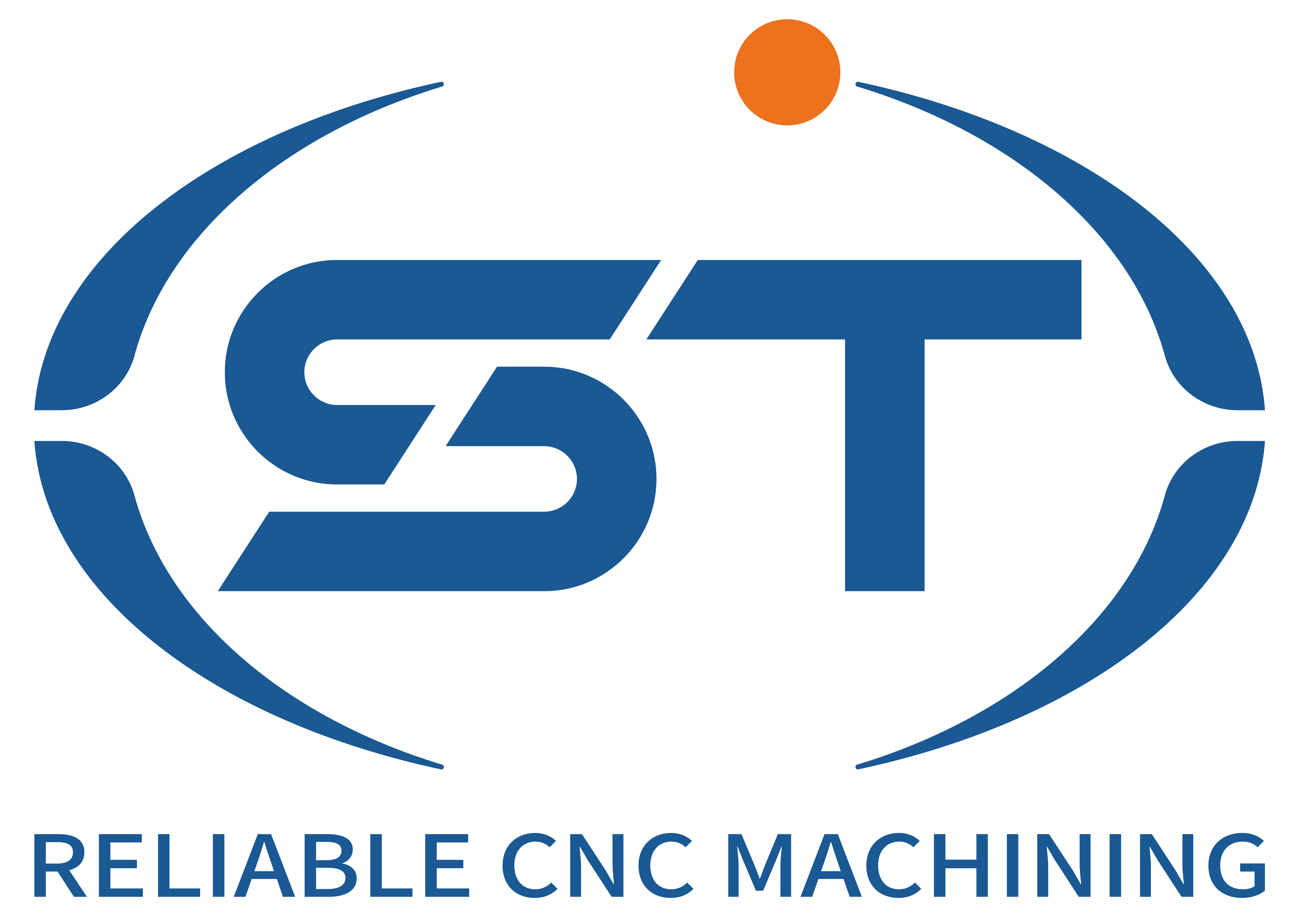The CNC machining performance of automotive parts made of different materials varies due to the physical and chemical properties of the materials themselves. The following analyzes the CNC machining performance and key influencing factors of three major types of materials: metals, composite materials, and plastics:
Table of Contents
ToggleFirst, the numerical control machining performance of metal automotive parts
Aluminum alloy
Processing characteristics: Low density, good thermal conductivity, small cutting force, suitable for high-speed processing. However, built-up tumors are prone to occur and the control of surface roughness is rather difficult.
Key influencing factors: The tool material should be selected as hard alloy or coated tool, and the coolant should be sufficient to reduce the cutting temperature and avoid thermal deformation of the workpiece.
Typical applications: engine blocks, wheels, and body panels.
Steel (carbon steel, alloy steel)
Processing characteristics: High strength and high hardness, but with large cutting force, it is prone to tool wear. Alloy steel has a distinct tendency towards work hardening due to the presence of elements such as chromium and molybdenum.
Key influencing factors: A low-speed and large-depth cutting process should be adopted, the geometric angles of the cutting tools need to be optimized to reduce the cutting force, and the coolant should have extreme pressure and anti-wear properties.
Typical applications: Drive shafts, gears, crankshafts.
Stainless steel
Processing characteristics: High toughness, low thermal conductivity, prone to tool sticking during cutting, and difficult to control surface quality.
Key influencing factors: The cutting tools need to have high wear resistance (such as ceramic tools), the cutting speed should be moderate, and the coolant should have strong lubricity.
Typical applications: exhaust systems, fasteners, decorative parts.
Titanium alloy
Processing characteristics: High strength and low density, but the cutting temperature is high, the tool wears out quickly, and the processing efficiency is low.
Key influencing factors: A low-speed and small-depth cutting process should be adopted. The cutting tool should have high red hardness (such as PCD cutting tools), and the coolant should be fully cooled.
Typical applications: Connecting rods, turbocharger parts.
Second, the numerical control machining performance of composite material automotive parts
Carbon fiber reinforced composite material (CFRP)
Processing characteristics: High strength and low density, but weak interlayer bonding force, prone to delamination, burrs and other defects.
Key influencing factors: The cutting tools should be diamond-coated or PCD tools, the cutting direction should match the fiber direction, and the feed rate should be low to reduce delamination.
Typical applications: vehicle body structural parts, interior parts.
Glass fiber reinforced composite (GFRP)
Processing characteristics: It has relatively high strength, but during processing, it is prone to glass fiber splashing, which is harmful to the health of the operators.
Key influencing factors: Negative pressure dust collection devices should be adopted, the cutting tools need to have high wear resistance, and the cutting parameters need to be optimized to reduce spatter.
Typical applications: bumpers, instrument panels.
Third, the CNC machining performance of plastic automotive parts
Engineering plastics (such as PA, PC, POM)
Processing characteristics: Low density, easy to form, but poor thermal stability and prone to thermal deformation.
Key influencing factors: The cutting tools need to be made of high-speed steel or hard alloy, the cutting speed should be high, and the coolant should be air-cooled or minimally lubricated.
Typical applications: Interior parts, functional parts.
Thermoplastic elastomer (TPE
Processing characteristics: Good elasticity, but it is prone to springback during cutting, and it is difficult to control dimensional accuracy.
Key influencing factors: The cutting tool needs to have a sharp edge, the cutting depth should be small, and the fixture should have high rigidity.
Typical applications: Seals, hoses.
Summary
The CNC machining performance of automotive parts made of different materials varies significantly. It is necessary to select appropriate tools, cutting parameters and cooling methods based on the material properties. For metal materials, special attention should be paid to tool wear and thermal deformation. For composite materials, delamination and burrs should be avoided. For plastic materials, thermal deformation and dimensional accuracy should be controlled. By optimizing the processing technology, the processing quality and production efficiency of parts can be significantly improved.




